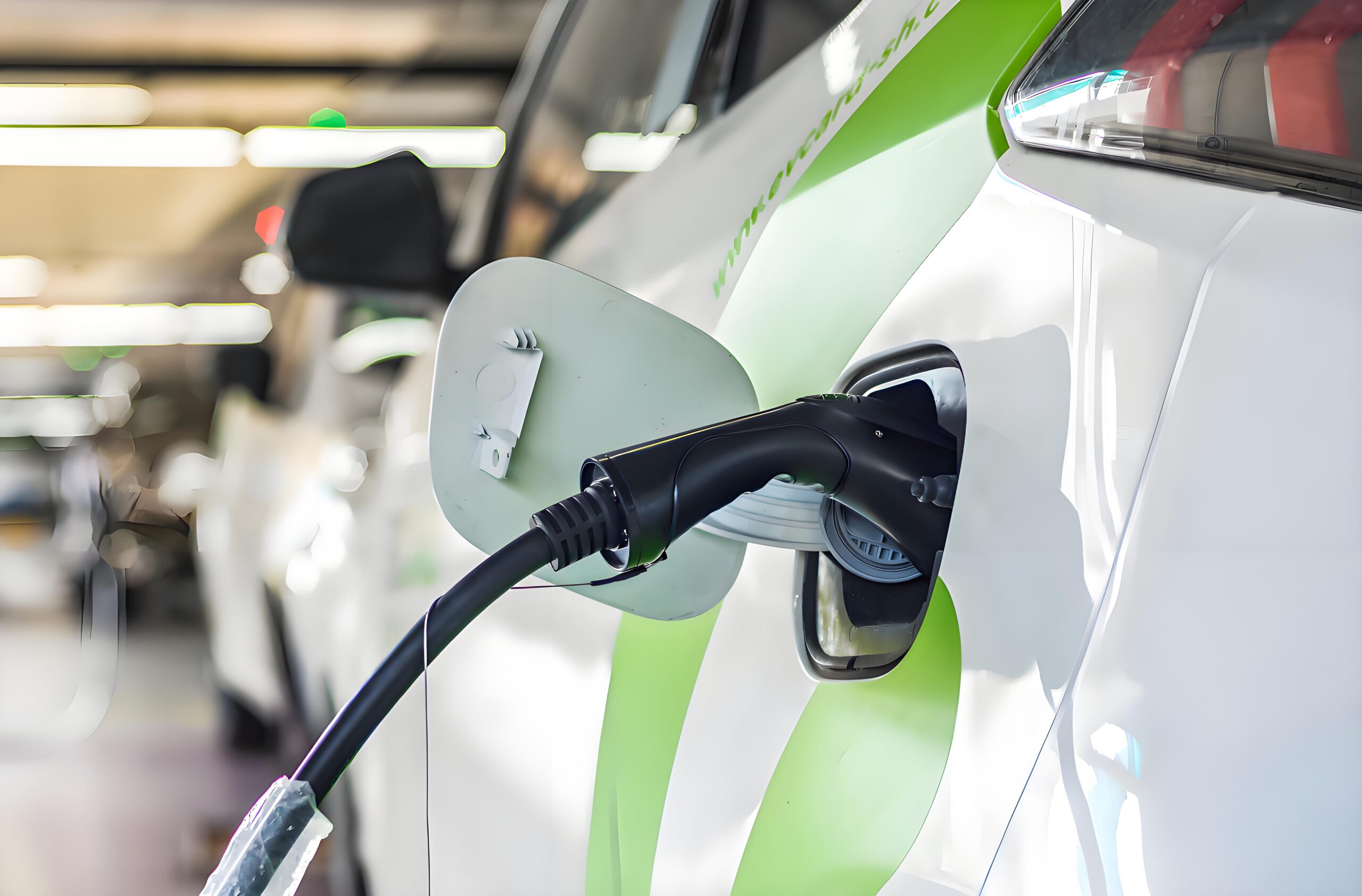The global automotive industry is undergoing a massive transformation, with electric vehicles (EVs) at the forefront of sustainable mobility. In 2024, EV sales are expected to exceed 17 million units worldwide, fueled by climate commitments, government incentives, and advancements in battery technology. However, this surge in EV adoption presents a critical challenge — the lack of sufficient charging infrastructure. To meet growing demand, EV charging station design is evolving rapidly, offering Original Equipment Manufacturers (OEMs) a significant opportunity to lead the market with innovative and efficient EV charging solution. OEMs play a vital role in delivering charging equipment that meets global standards, adapts to diverse market needs, and integrates advanced technologies for seamless user experiences.
In this article, we will explore the market potential, core design elements, OEM opportunities, and EV charging solution that are shaping the future of EV infrastructure.
Table of contents
EV Charging Station Market Opportunities
Global Market Size and Growth
The EV charging station market is projected to grow from USD 26.87 billion in 2025 to USD 143 billion by 2035, at a CAGR of 18.2%. This expansion is driven by:
- Rapid EV adoption in passenger and commercial segments
- Expanding fleets of electric buses and delivery vehicles
- Urban air quality regulations and zero-emission targets
Regions like Europe, North America, and China are leading, but emerging markets in Southeast Asia, Latin America, and Africa are also investing heavily in charging infrastructure.
Policy and Incentive Support
Government policies play a decisive role in accelerating infrastructure deployment:
- Europe: EU’s Alternative Fuels Infrastructure Regulation (AFIR) mandates charging coverage along major transport corridors.
- United States: The National Electric Vehicle Infrastructure (NEVI) program allocates $7.5 billion for charging station deployment.
- China: Subsidies for both AC and DC charging stations, along with integration into smart city networks.
Evolving Consumer and Market Needs
Modern EV drivers expect fast, reliable, and convenient charging. This shift pushes the industry from standard AC chargers toward fast-charging and ultra-fast-charging solutions, often delivering 150kW to 350kW or more. Smart connectivity, real-time monitoring, and integrated payment systems are becoming standard expectations.

Core Elements of EV Charging Station Design
Effective EV charging station design balances performance, reliability, safety, and user convenience.
Hardware Design
- Power Levels: AC Level 2 chargers (7–22kW) for home and workplace; DC fast chargers (50–350kW) for public and highway stations.
- Connector Standards: CCS (Combined Charging System), CHAdeMO, GB/T, NACS and Type 2 connectors to serve different regions.
- Durability: Industrial-grade enclosures with IP54/IP65/IP67 protection to withstand dust, water, and extreme weather conditions.
Software and Connectivity
- Smart Billing and Payment: Supports RFID, contactless payments, mobile app integration.
- Remote Monitoring: Cloud platforms for tracking station performance, availability, and fault alerts.
- Energy Management: Dynamic load balancing to optimize power distribution and reduce peak demand charges.
User Experience (UX) Considerations
- Intuitive touchscreen or app-guided interfaces
- Multi-language support
- Accessibility features for all users, including those with disabilities
OEM Opportunities in the EV Charging Sector
The EV charging industry offers OEMs a unique chance to capture market share by combining OEM solutions with flexibility, scalability, and rapid deployment capabilities.
Modular and Customizable Design
OEMs can design chargers with modular power units, allowing easy upgrades from 50kW to 150kW or beyond without replacing the entire system. Customizable housings, branding options, and user interface designs enable OEMs to cater to different regional and corporate preferences.
Supply Chain and Manufacturing Advantages
An established OEM with a robust supply chain can reduce lead times, control quality, and offer competitive pricing — giving them an edge in global tenders and private sector contracts.
Brand Positioning and Value-Added Services
Beyond hardware, OEMs can offer complete EV charging solutions including site assessment, installation, preventive maintenance, and software upgrades. These additional services can create long-term revenue streams and customer loyalty.
EV Charging Station OEM Solutions
EV Charging Station OEM Solutions required EV charging station design tailored for performance, reliability, and scalability.
Key Advantages:
- High-Performance Industrial Controllers: Ensure stable and efficient power delivery for AC and DC charging stations.
- Multi-Protocol Support: Fully compatible with OCPP, Modbus, MQTT, and other industry standards for seamless integration.
- Industrial-Grade Durability: IP67-rated enclosures and wide operating temperature ranges for all-weather deployment.
- Edge Computing Integration: Enables real-time data processing for predictive maintenance, reducing downtime and operating costs.
Future Trends and Innovations
The EV charging industry will continue to evolve with several transformative trends:
- Ultra-Fast Charging: Moving beyond 350kW to support next-generation battery technologies.
- Vehicle-to-Grid (V2G): Chargers that allow EVs to feed energy back into the grid, supporting grid stability and renewable integration.
- Wireless Charging: Inductive and resonant charging systems for fully automated EV recharging.
- AI-Powered Predictive Maintenance: Leveraging big data to detect faults before they impact operations.
Conclusion
The global EV transition is unstoppable, and EV charging station design sits at the heart of this transformation. OEMs that combine technical excellence, customization, and scalable EV charging solution will be well-positioned to lead in this fast-growing market. With governments, businesses, and consumers demanding reliable infrastructure, the window for OEMs to establish market leadership is NOW!
Frequently Asked Questions (FAQs)
The key challenges include ensuring interoperability across multiple standards, managing heat dissipation in high-power chargers, and meeting durability requirements for diverse environments.
OEM solutions offer pre-engineered, tested, and scalable charging modules, reducing development time and ensuring faster market entry.
OCPP (Open Charge Point Protocol) ensures compatibility between charging hardware and software platforms, enabling remote monitoring, billing, and integration with different networks.
Edge computing enables real-time processing of performance and diagnostic data, improving uptime, reducing latency, and enabling predictive maintenance.
Yes, modular OEM designs can be tailored for residential, workplace, fleet, and public charging needs, with different power ratings and connectivity features.
